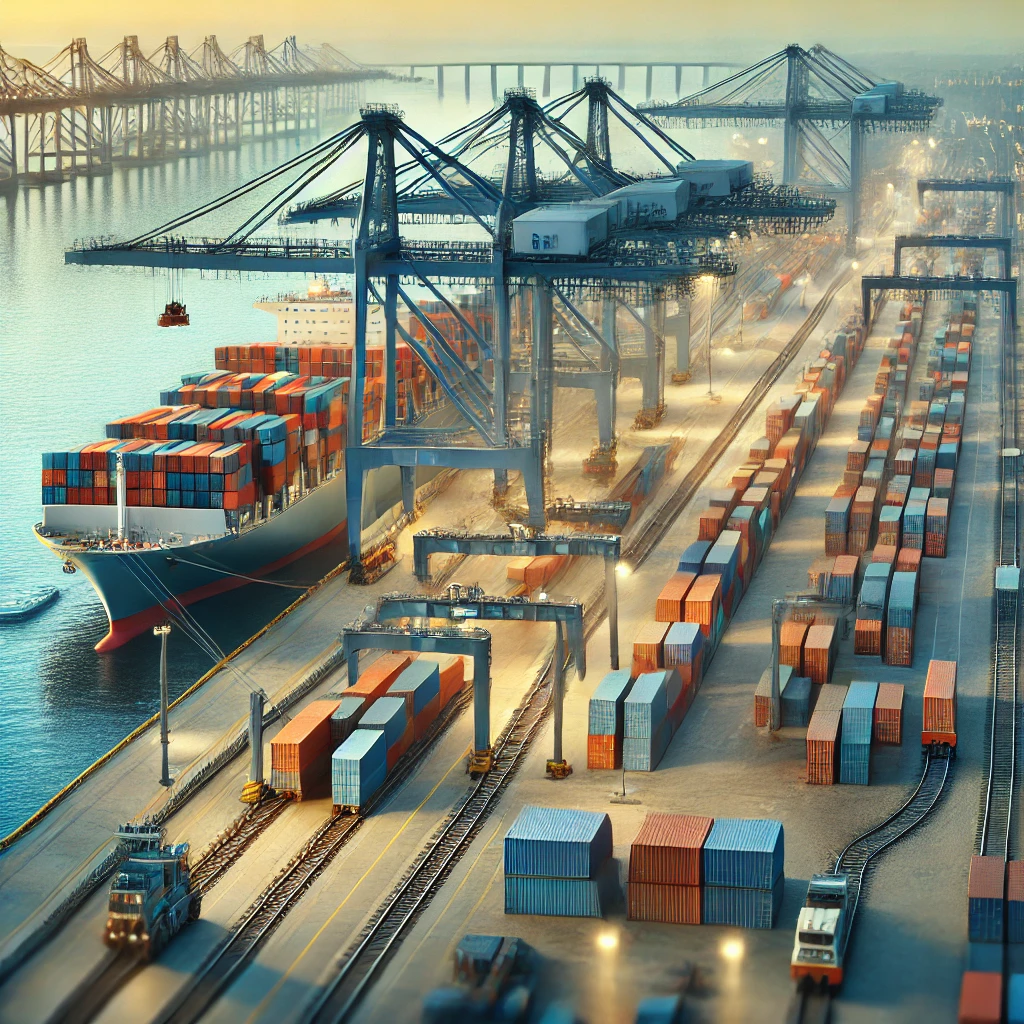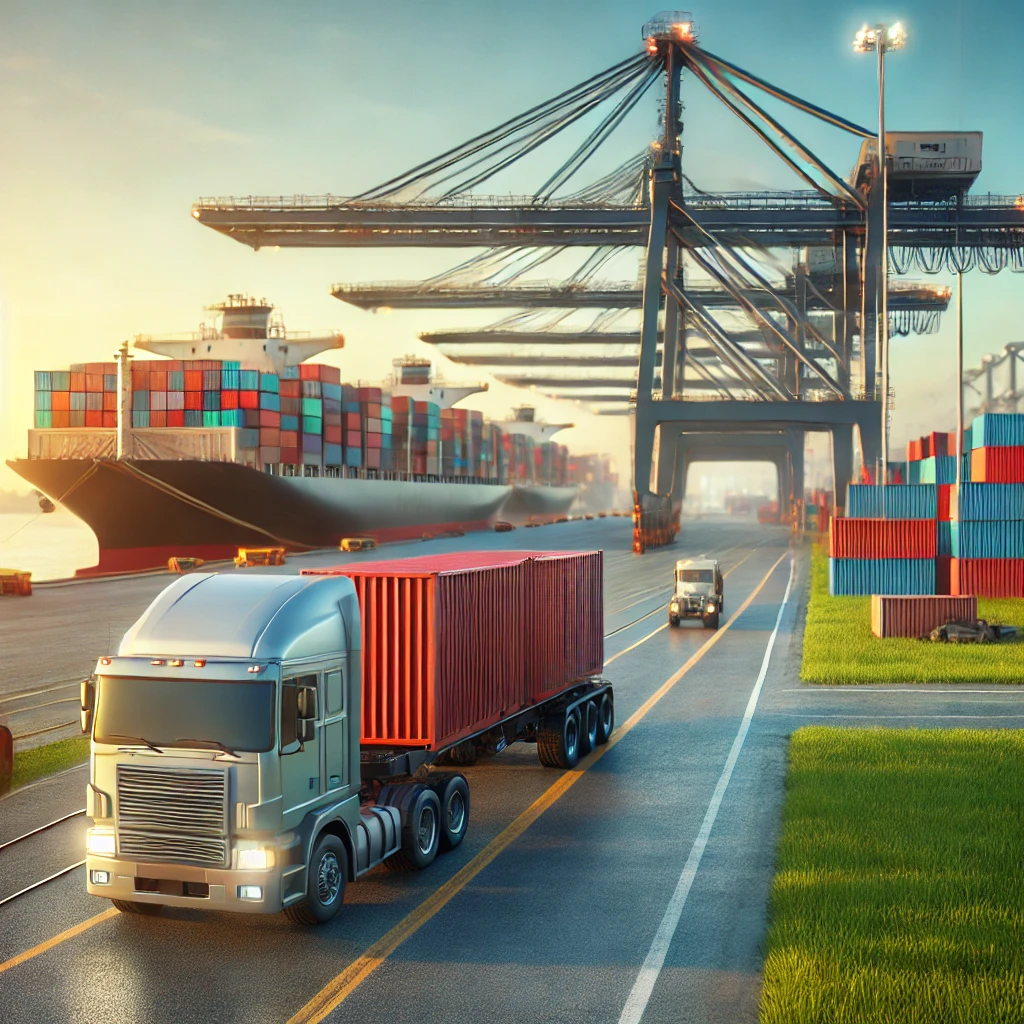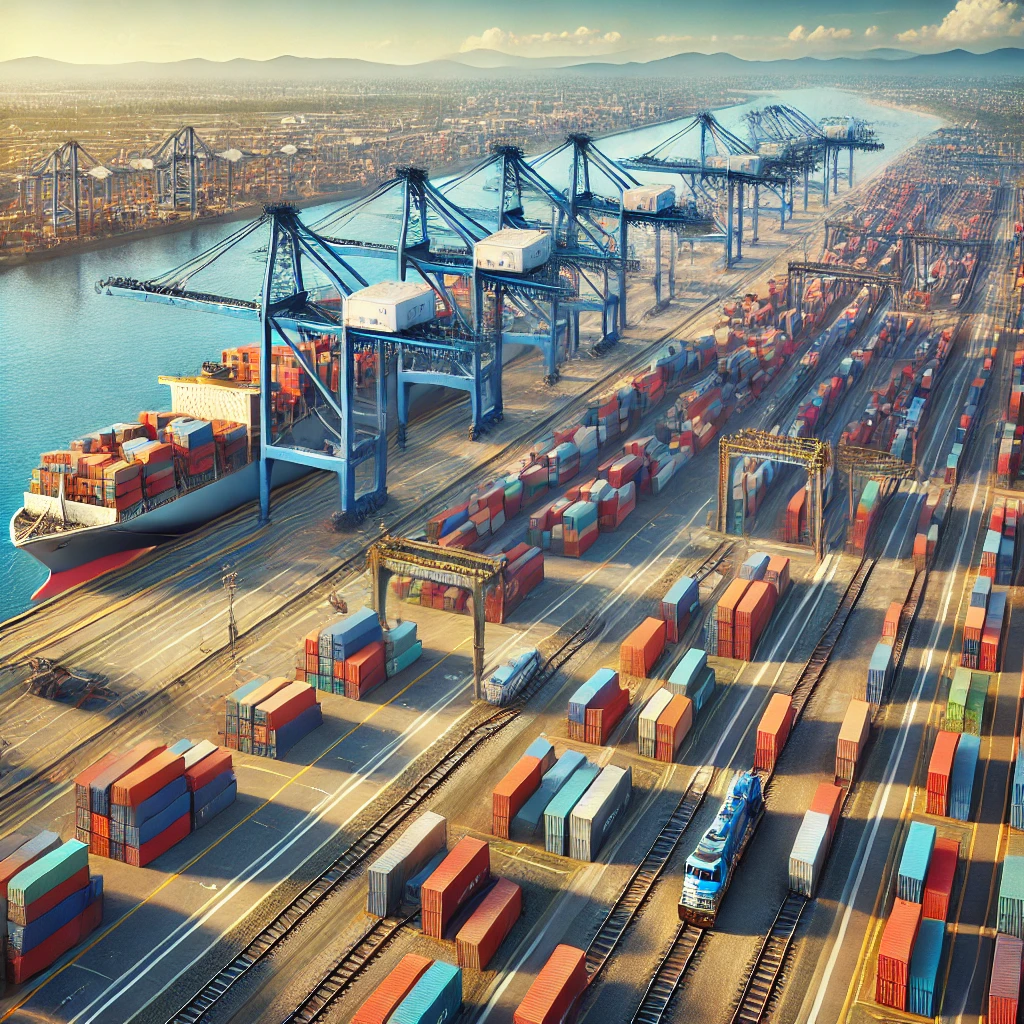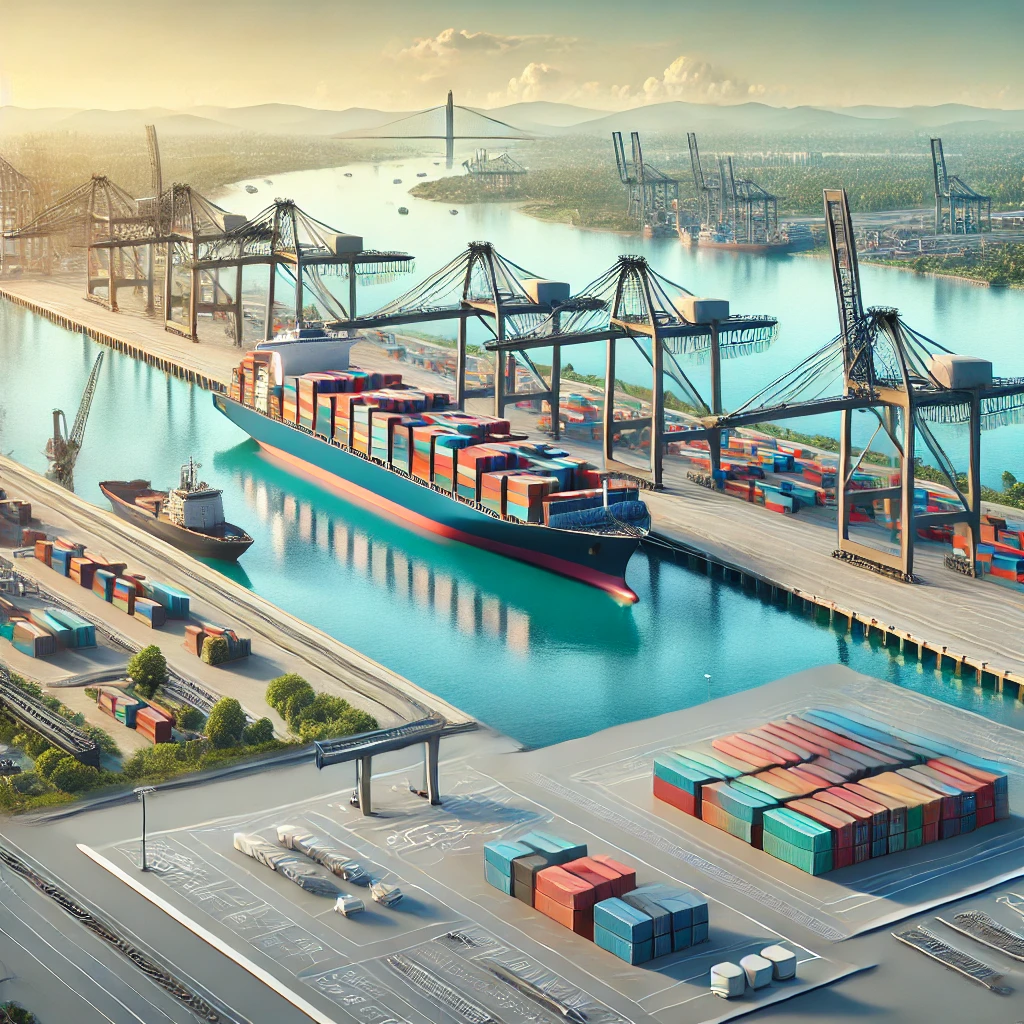What Is Port of Garden City and Why Does It Matter?

History and Location
The Port of Garden City, part of the Georgia Ports Authority (GPA), has roots dating back to the early 20th century. Located on the Savannah River, it provides direct access to the Atlantic Ocean, making it a key gateway for international commerce. The port has expanded significantly over the decades, transforming into a hub that serves major global shipping routes.
Key Features of the Port of Garden City
- Massive Container Capacity: The largest single-terminal container facility in North America, capable of handling millions of TEUs (twenty-foot equivalent units) annually.
- Advanced Crane Technology: Equipped with modern ship-to-shore cranes to accelerate loading and unloading operations.
- Extensive Rail Connectivity: Direct access to Class I railroads such as CSX and Norfolk Southern, enabling seamless inland transportation.
- Technology Integration: Incorporates smart port solutions, including automated tracking systems and digital inventory management.
- Deepwater Access: Ongoing harbor deepening projects to accommodate larger vessels.

Importance in Global Trade
The Port of Garden City is a linchpin in international shipping and logistics:
- Cargo Throughput: Handles millions of TEUs, ranking among the top U.S. ports for containerized cargo.
- Economic Contribution: Supports thousands of jobs and contributes billions of dollars to local and national economies.
- Supply Chain Efficiency: Provides fast transit times to major U.S. markets due to its proximity to major highways and rail lines.
- Global Partnerships: Works with leading shipping lines, logistics providers, and manufacturers.
Practical Uses and Benefits for Businesses
- Faster Delivery: Proximity to major distribution hubs reduces shipping times.
- Cost-Effective Operations: Competitive rates for container storage and terminal services.
- Reliable Infrastructure: Minimizes delays through efficient cargo handling and advanced logistics technology.
- Scalability: Supports large-scale operations with its extensive terminal space and multimodal transport options.

Challenges and Future Developments
- Port Congestion: Increased cargo volumes, especially during peak periods, pose logistical challenges. Initiatives such as expanded truck gates aim to reduce delays.
- Environmental Sustainability: The port is adopting green technologies, including electric-powered cranes and shore power systems, to reduce emissions.
- Expansion Projects: Major investments, such as the Savannah Harbor Expansion Project (SHEP), are underway to deepen the river and increase capacity for larger vessels.
- Technological Innovations: Implementation of artificial intelligence and predictive analytics to enhance operational efficiency.
Future Outlook
The Port of Garden City continues to grow, driven by rising global trade and evolving logistics technologies. Planned expansions and ongoing sustainability initiatives position the port as a future-ready logistics hub. As it embraces innovation and addresses industry challenges, its importance in international commerce will remain significant.

Conclusion
The Port of Garden City is a cornerstone of U.S. and global logistics, offering efficient, cost-effective, and reliable shipping solutions. With its expansive capacity, technological advancements, and commitment to sustainability, it is set to remain a pivotal player in global trade for years to come.
